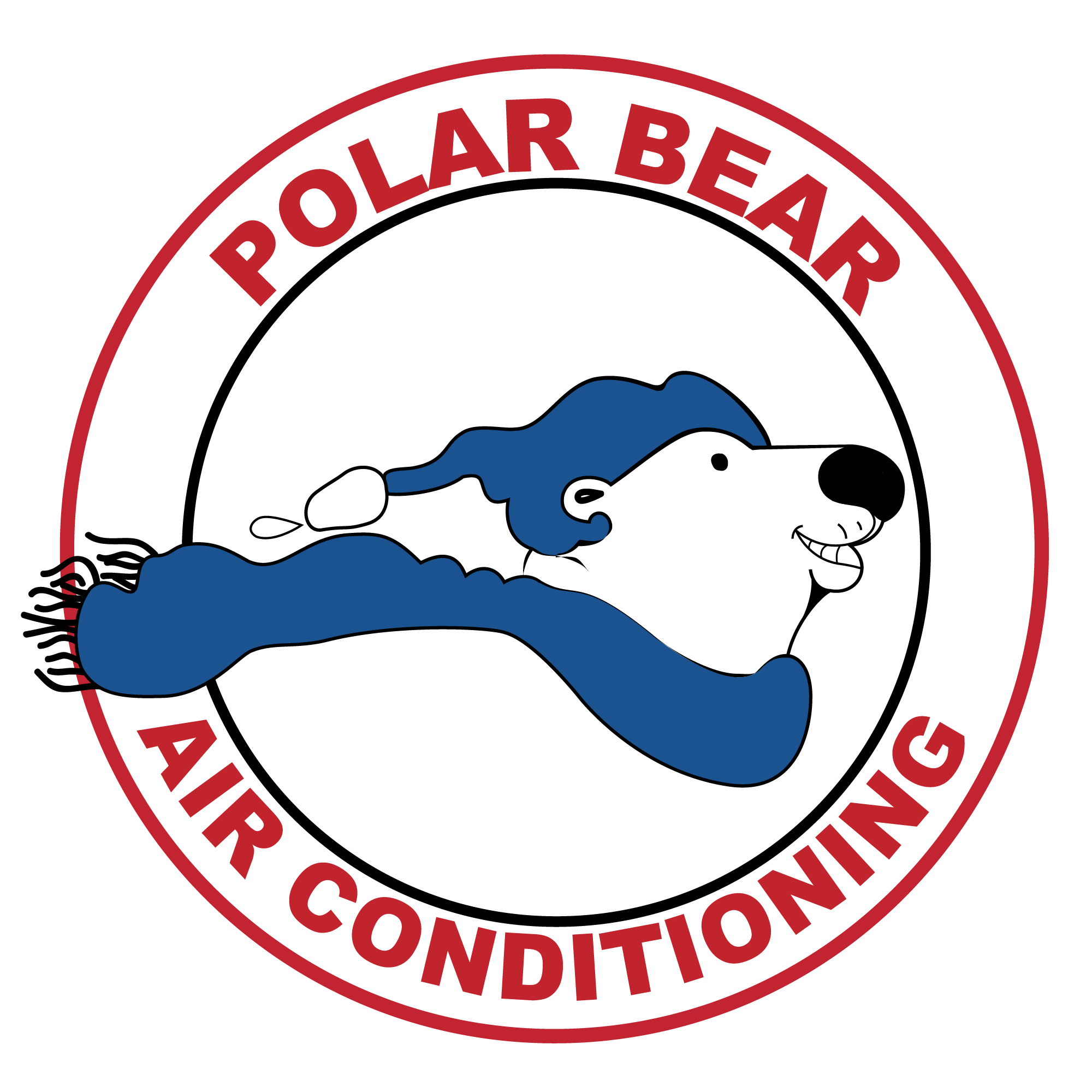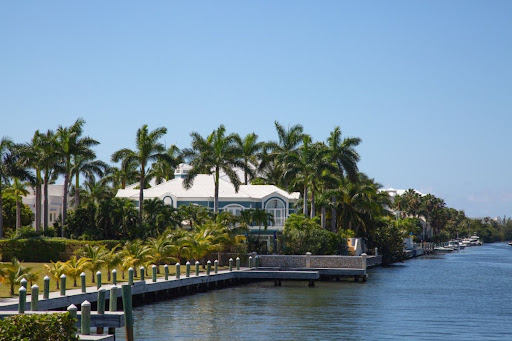Living in a tropical climate is a daily dance with the elements. There’s something wonderful about waking up to sunshine nearly every day, feeling the ocean breeze brush past, and not having to dig out a winter coat for half the year. But that warmth also brings constant humidity, unpredictable temperature swings, and the kind of muggy afternoons that make you reach for the thermostat like clockwork.
Air conditioning is a lifeline for homeowners in places like the Cayman Islands. A dependable, efficient cooling system keeps your home livable, helps with indoor air quality, and prevents your utility bills from spiraling out of control. With new regulations now in place, it’s more important than ever to know if your current system is up to speed.
Here’s how to check if your AC unit complies with the SEER2 standards for tropical climates — and why it’s essential for comfort and efficiency.
What Is SEER2 and How Does It Compare to SEER?
For years, SEER (Seasonal Energy Efficiency Ratio) was the industry standard for evaluating the energy efficiency of air conditioning systems. However, in 2023, the U.S. Department of Energy introduced SEER2 — a new metric developed to better reflect real-world performance by incorporating updated testing procedures that simulate actual operating conditions more accurately.
SEER2 doesn’t make systems more or less efficient; it simply measures that efficiency in a different way. Think of SEER and SEER2 like measuring tapes — one in centimeters and one in inches. The unit of measurement has changed. For a rough conversion, you can multiply a SEER rating by 0.955 to estimate its SEER2 equivalent.
The shift to SEER2 is about providing homeowners and professionals with a clearer, more consistent picture of performance under typical usage conditions. This helps in making more informed choices when comparing HVAC systems across different manufacturers and models.
Why the Change to SEER2?
The transition from SEER to SEER2 was driven by a significant gap in the original testing standards — namely, the failure to account for real-world issues like improperly designed and installed ductwork. In many homes, duct systems are undersized or poorly configured, restricting airflow and undermining the performance of HVAC systems.
That’s why we strongly recommend a professional ductwork assessment to identify and correct airflow issues before they impact comfort or efficiency. Upgrading or properly sealing your ductwork can dramatically improve your system’s performance and help you get the full efficiency out of your existing system.
What SEER2 Rating Should You Look for in a Tropical Climate?
For homes in tropical climates, aiming for a SEER2 rating over 16 is a great start. However, the higher the SEER2 rating the more energy savings you can expect. High efficiency systems are designed to:
- Handle long cooling cycles without wasting electrical energy
- Adapt more effectively to variable humidity levels
- Work well with high-efficiency ventilation setups and modern thermostat controls
Why a Higher SEER2 Rating Is Essential for Tropical Climates
Air conditioning systems in tropical areas are under near-constant demand. High ambient temperatures, elevated humidity levels, and exposure to salt air can all put extra stress on your HVAC equipment. This is where the SEER2 rating comes in as a crucial tool for selecting or evaluating your unit.
A higher SEER2 rating means better energy efficiency. In practice, this translates to:
- Reduced energy usage
- Lower electricity bills
- More consistent indoor temperature control
- Less wear and tear on the compressor and air handler
If your current system isn’t performing as well as it used to, or if it was installed before 2023, it may not meet the updated requirements. And because this isn’t just about compliance, but comfort and cost-efficiency, understanding why a higher SEER2 rating is essential for tropical climates is key to making smart decisions for your home and your wallet.
Benefits of High SEER2 Ratings for Tropical Climates
Let’s break down the main benefits of high SEER2 ratings for tropical climates. These aren’t just talking points — they’re real-world advantages that make a difference every month.
Lower Energy Bills
High-efficiency systems use less electrical energy to produce the same cooling effect. Over time, this can add up to hundreds of dollars in savings, especially during the hottest months when your system is running nearly non-stop.
Improved Indoor Comfort
Units with high SEER2 ratings often include features like variable-speed motors and smart thermostats. These allow your system to adapt to fluctuating temperature and humidity levels, providing more consistent airflow and improved indoor air quality.
Extended Equipment Lifespan
A more efficient system doesn’t have to work as hard to keep your home cool. That reduces strain on components like the condenser, evaporator, and duct system, meaning fewer breakdowns and repairs.
Should You Upgrade to a SEER2 Rated System?
Deciding whether to upgrade to a SEER2 rated HVAC system depends on a few key factors, primarily the efficiency of your current unit and the SEER2 rating of the new system you’re considering. If your existing air conditioner is older, struggling to maintain comfort, or has a significantly lower efficiency rating, upgrading to a SEER2-compliant system could lead to noticeable energy savings and improved performance.
However, if your current system is still running efficiently and has a relatively high SEER rating, the benefits of upgrading may not outweigh the cost right away. It’s important to evaluate the actual SEER2 rating of the new unit rather than assuming all newer models offer superior efficiency.
Smart Cooling Starts Here
If your current AC setup feels outdated, inefficient, or just not quite right for the climate, it might be time for a change. At Polar Bear, we specialize in energy-efficient air conditioners in the Cayman Islands that are designed to handle the specific challenges of tropical living.
Upgrading your system is more than a quick fix. It’s a long-term investment in your comfort, your home, and your monthly budget. You don’t have to navigate this alone. Our technicians can walk you through your options, explain how different systems will perform in your home, and help you pick the right setup based on your family’s needs.
Contact Polar Bear today to schedule your air conditioning services in the Cayman Islands!


0 Comments